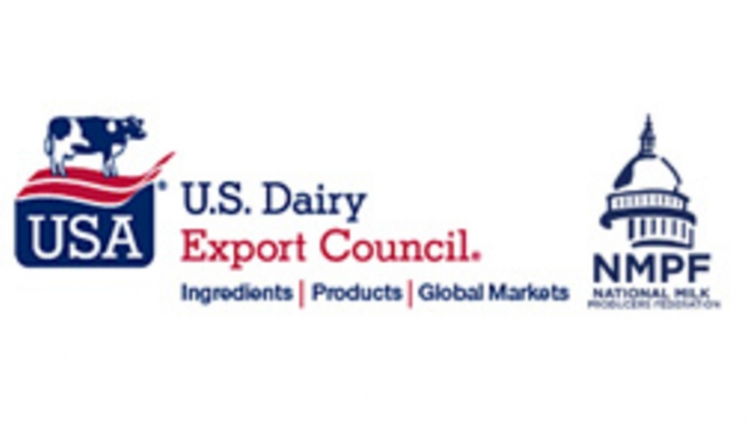CLASS III FUTURES SLID 20 CENTS during January trading. The February to June bundle of contracts started the month at a $19.80 per hundredweight (cwt.) average and dropped to $19.60 by early February. July to December contracts shifted down by a dime to a $18.80.
BUTTER AND DRY MILK FUTURES traded higher in the first half of the year with a $19.90 average, which was down 80 cents over the prior 30 days. Class IV contracts fetched a $20.20 net in the final six months.
TRADING ACTIVITY TRENDED HIGHER at the Global Dairy Trade (GDT) in early February as the eight main dairy commodities climbed 3.7%. Whole milk powder rose 4.1%, and Cheddar moved up 3.7% with Mozzarella steady. Two weeks earlier, the index was up 2.9%.
MARKETS FACED TRIBULATIONS in early February due to concerns over tariffs. When it comes to dairy exports, Mexico matters the most as that country imports 4.5% of U.S. milk production via dairy products.
WHILE TARIFFS BETWEEN the U.S., Mexico, and Canada have been paused for February, there is potential that the situation could resurface at any moment. This would not only impact dairy exports but imports such as fertilizer from Canada. Volatility could become the new norm. “You are going to get all the volatility you can handle,” said former Secretary of State Mike Pompeo at an industry event.
NATURAL CHEESE AND MOZZARELLA SALES pushed cheese volume 2% higher in 2024, according to DMI. Yogurt experienced even more growth, vaulting 8% higher on a volume basis, with high-protein Greek yogurt accounting for 90% of that growth, according to industry data.
MILK COMPONENTS SET A NEW RECORD in 2024 with butterfat climbing to 4.21% from 4.11% the prior year. Meanwhile, protein moved 0.03% higher to a 3.29% average for milk shipped via federal orders.
A RECORD LOW 0.006% OF TANKER MILK LOADS tested positive for antibiotics . . . 196 out of 3.4 million samples. In those rare instances, milk was discarded and did not enter the human food chain.
DAIRY REPLACEMENT PRICES SKYROCKETED by 41% over the past year. USDA pegs springer prices at $2,660 per head with a top of $2,930 in Vermont; Wisconsin was next at $2,860. Prices at markets in Pennsylvania, Minnesota, and California have touched $4,000.
REPLACEMENT NUMBERS HAVE FALLEN to the lowest levels since 1978, according to USDA’s Cattle report. At 3.91 million head, numbers dropped 3.6% when factoring in that the agency revised its January 2024 number down by 108,000 head. See chart below.










